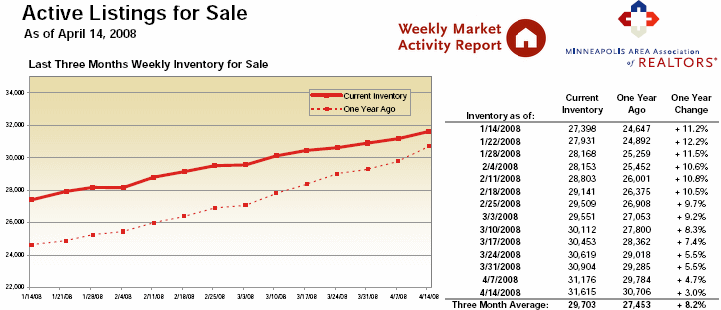I apologize that I have not been posting lately… things have been very busy indeed! In this market today I am so thankful to be at Edina Realty. Edina provides great management, the best networking opportunities, a fun office environment, and all the tools I need to succeed in my business. I’ve been working for the last 3 months to get a large loan servicer as a client and finally have the first 4 listings coming up now and without Edina Realty’s support and capabilities, there would be no way that I could have earned this client. Foreclosure listing agents be warned: I’m going to be setting a new Gold Standard in REOs.
In short:
Edina Realty is the Best

